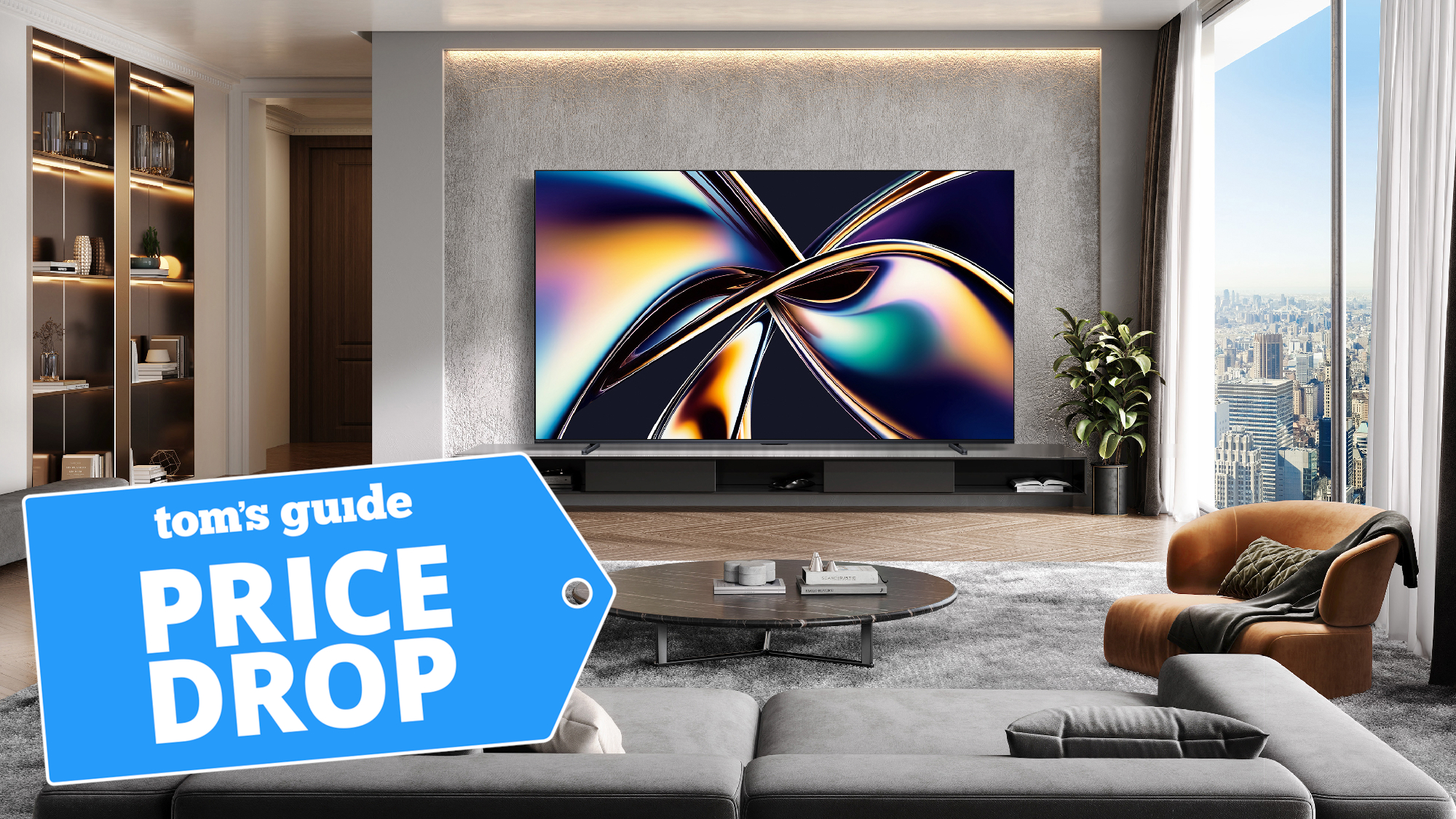Tom's Guide Verdict
The Nikon Coolpix P900 has the longest zoom lens by far in its class and also provides great optics, but they come at a high price.
Pros
- +
Longest zoom range
- +
Excellent image stabilization
- +
Good overall photo quality
- +
Fares well in low light
- +
Clear electronic viewfinder
Cons
- -
Details sometimes appear a bit soft
- -
Quite bulky and heavy
- -
Pricey, Lacks RAW image capture
Why you can trust Tom's Guide
Ultrazoom cameras enable a whole other level of photography, letting you capture subjects you couldn't otherwise get close to, or maybe even see. Nothing shoots longer than the Nikon Coolpix P900 ($599). Its 83x (24mm to 2000mm, full-frame equivalent) zoom range is hard to fathom and mind-blowing in action. But the big spec isn't all that makes the P900 worth buying. This camera has exceptionally good image stabilization, which acts to keep that jitter-magnifying lens in line. While it costs as much as some entry-level DSLRs, the P900 gets you extremely close to the action.
Design: Robust
Taking the P900 along is not a casual decision. The DSLR-shaped camera weighs 2 pounds and measures 5.5 x 5.5 x 4.1 inches. It has a bright, colorful electronic viewfinder with a sharp 640 x 480 resolution. The EVF is no match for those you'll find in top-rated, mirrorless cameras like the Sony Alpha a6000 or Sony a6300, but it beats the quality of the rival Canon SX60 HS.
The EVF was a must-have for afternoon shoots at the beach when there was too much light to see the rear LCD clearly. Holding the viewfinder to your eye also helps steady the massive lens — which is critical at such huge zoom ranges.
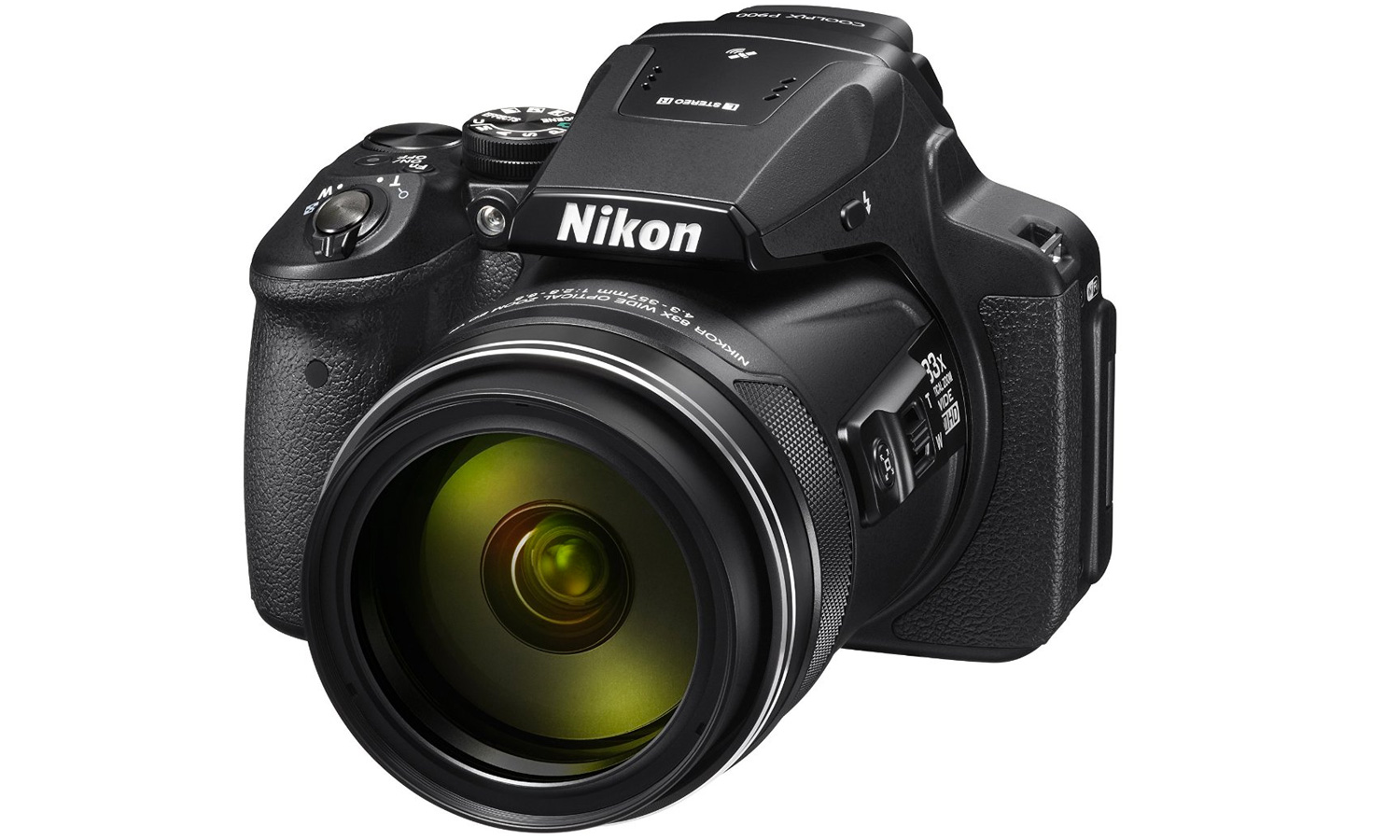
The 3-inch rear LCD flips to the left on a hinge, and it can rotate through 270 degrees, allowing you to shoot selfies or to hold the camera up high or down low. A sensor by the viewfinder switches the P900 active screen from rear LCD to EVF, or vice versa, and it's not that easily triggered (a problem with many cameras).
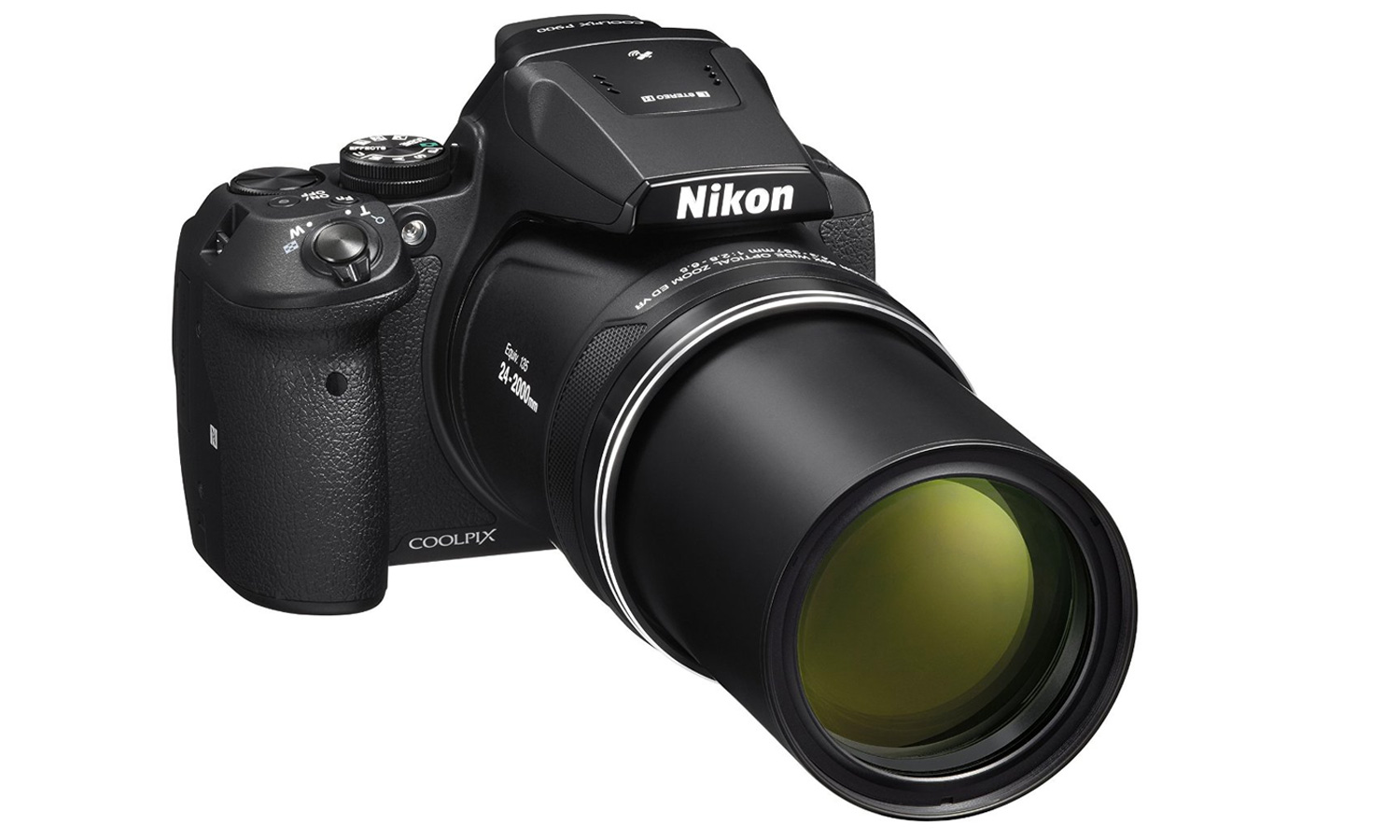
A second zoom lever is a nice extra. It's placed on the side of the lens barrel, complementing the one by the shutter button. Either lever enables zooming that's fast as well as smooth, which is no small feat with such a big lens. Two thumb-accessible control wheels — one behind the shutter button and one to the right of the LCD — make it easy for you to make multiple adjustments, such as shutter and aperture changes in manual mode. The control wheel on the back of the camera, however, is freakishly tiny and a bit slippery.
MORE: Best Cameras
The P900 includes a programmable button that is labeled Fn, which provides one-touch access to a shooting parameter of the user's choice, such as white balance, light-metering mode or vibration-reduction mode. In addition, the side lever can be set to control manual focus instead of zoom.
Image Quality: Attractive Across Many Settings
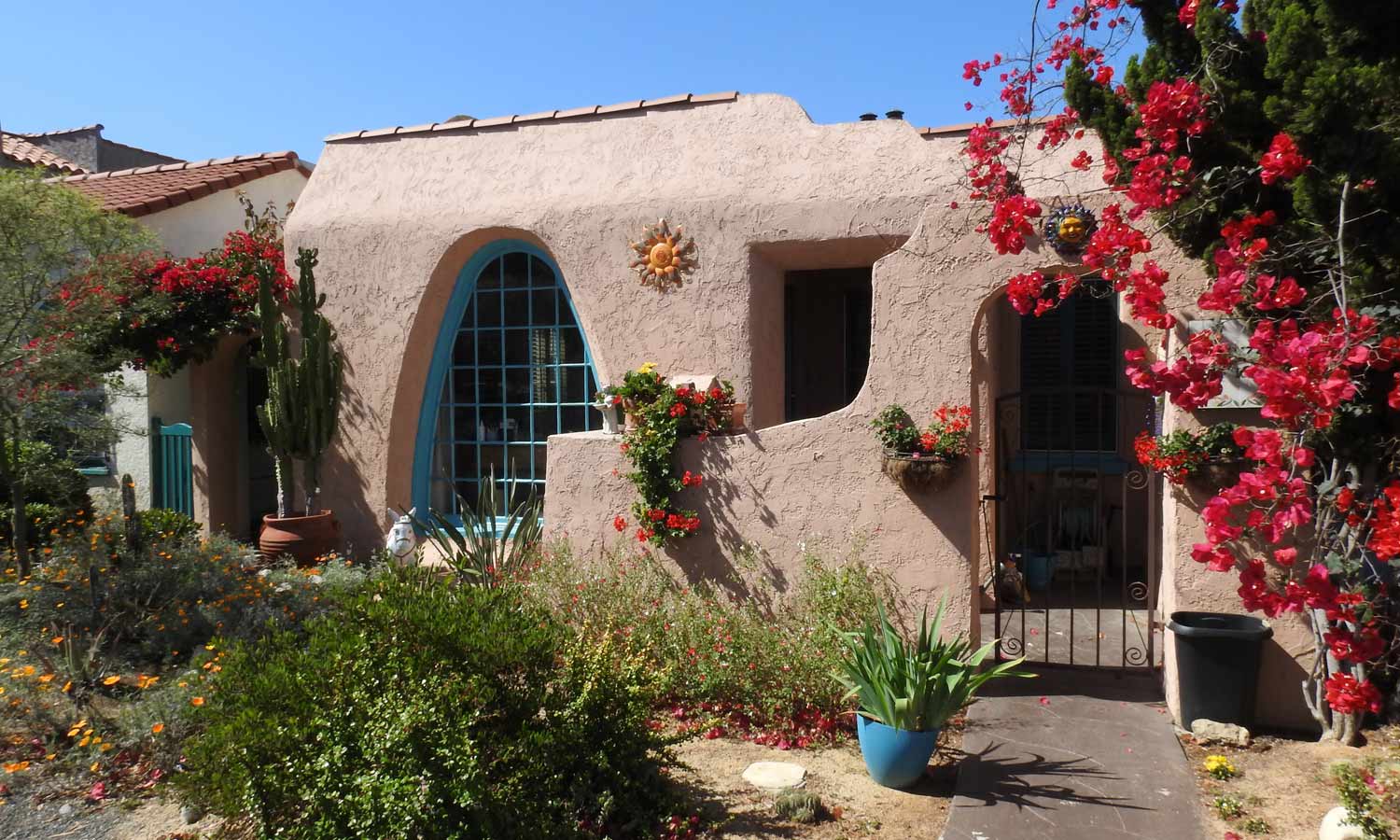
The P900 captures handsome images by day and night. Colors are true, without being oversaturated, and detail is fairly sharp up to a moderate resolution — one that was at least enough to fill the 2560 x 1600 pixels of a MacBook Pro laptop screen, which I used as a rule-of-thumb resolution. (Full resolution for the photos is a massive 4,608 x 3,456 pixels.)

This photo of a child on the beach shows impressive accuracy in the subtle shading of his skin, hair and clothing.
Squeezing such a long lens into the camera requires the use of a rather small sensor. It measures 6.17 x 4.55mm, which is about twice the size of a smartphone's, but just 9 percent the size of an entry-level DSLR. As a result, details tend to look mottled when the photo appears near full resolution. Nikon made the decision to smooth out the imperfections, which removes a bit of detail. You can see the trade-off in the same shot from the P900 (left) and the rival Canon PowerShot SX60 HS (right).
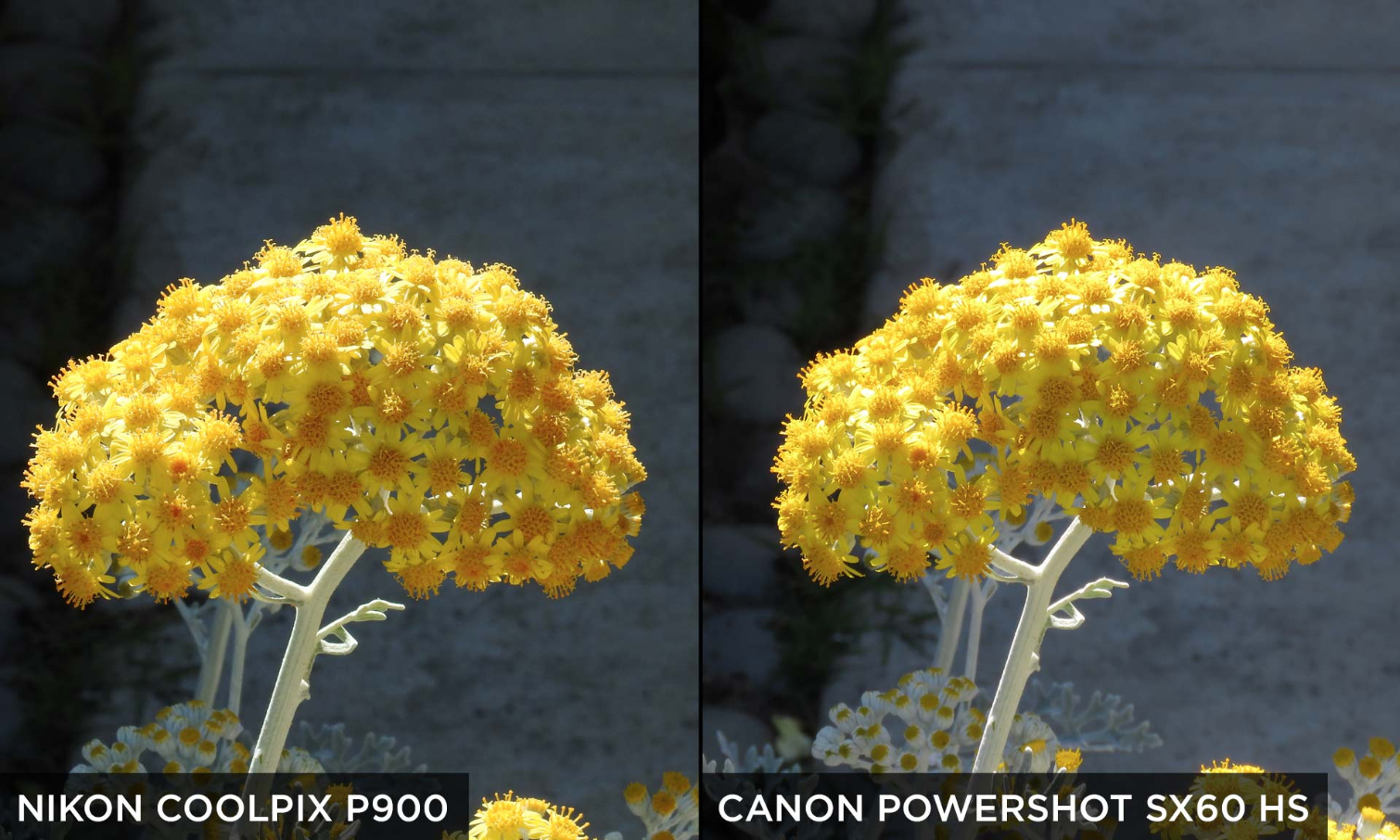
You are basically stuck with Nikon's decision about how to handle photos, as it outputs them in only the very compressed JPEG format. Other cameras, like the Canon SX60 HS, can be set to output both JPEGs and data-rich RAW files for tweaking images in Photoshop. But most camera owners don't edit RAW files anyway.
MORE: Camera Buying Guide
Given the limits of all tiny-sensor cameras, the Nikon P900's sensor performs well when the light goes down and the ISO setting goes up. In these two photos taken at ISO 800, the P900's shot (left) shows more detail and less graininess than does the one that was shot with the Canon SX60 HS.

This photo of an ancient Greek bronze statue, taken at ISO 800, shows great detail and shading in the sculpted features and millennia of corrosion. The P900's image stabilization keeps this handheld photo sharp at the slow, 1/15-second shutter speed that's needed for an indoor shot.
Zoom: Close and Sharp
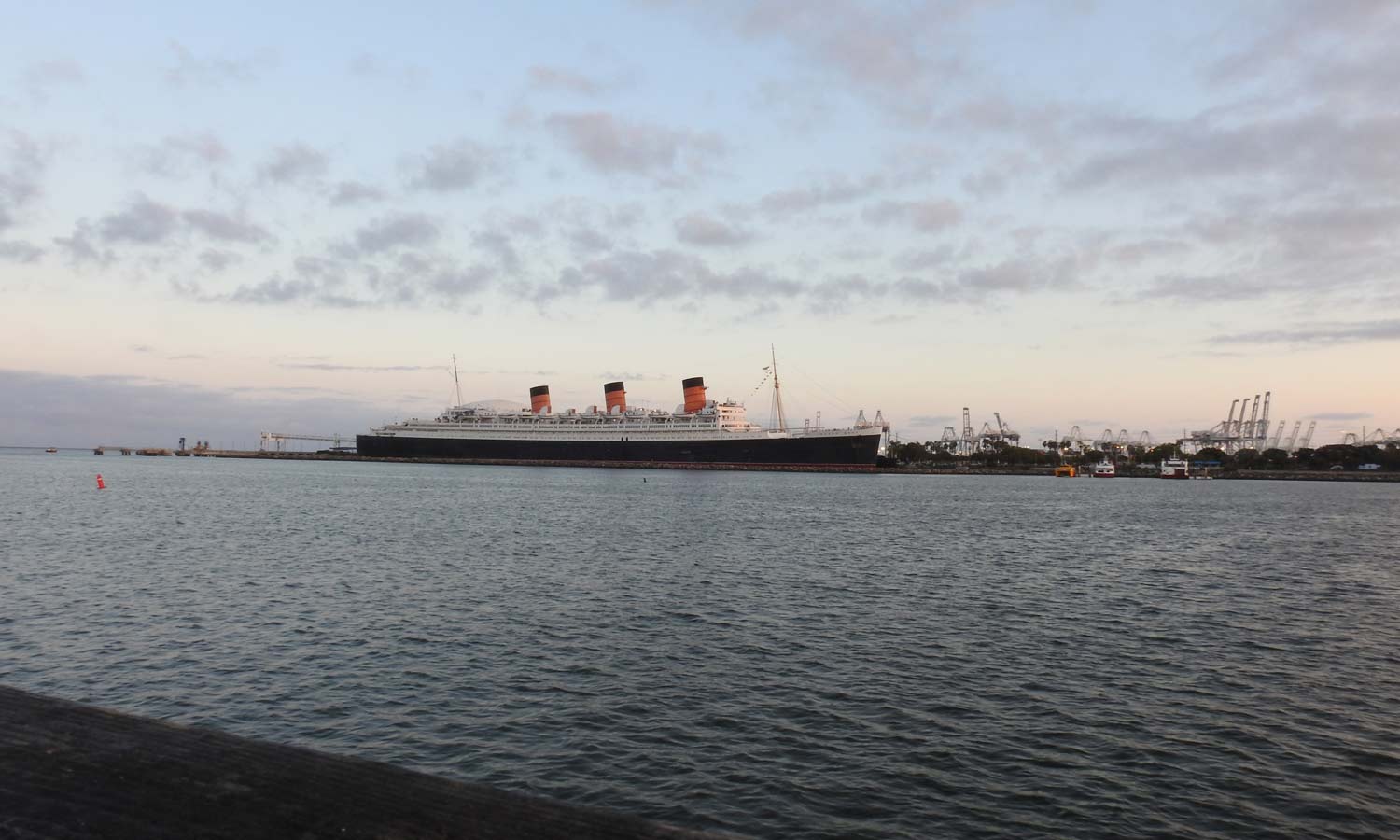
The headline feature of the P900 is its extreme telephoto capability. To get a sense of it, look first at this scene, which was shot at the widest angle—24mm equivalent. (The camera was steadied on a railing to compensate for the slow shutter speed.)
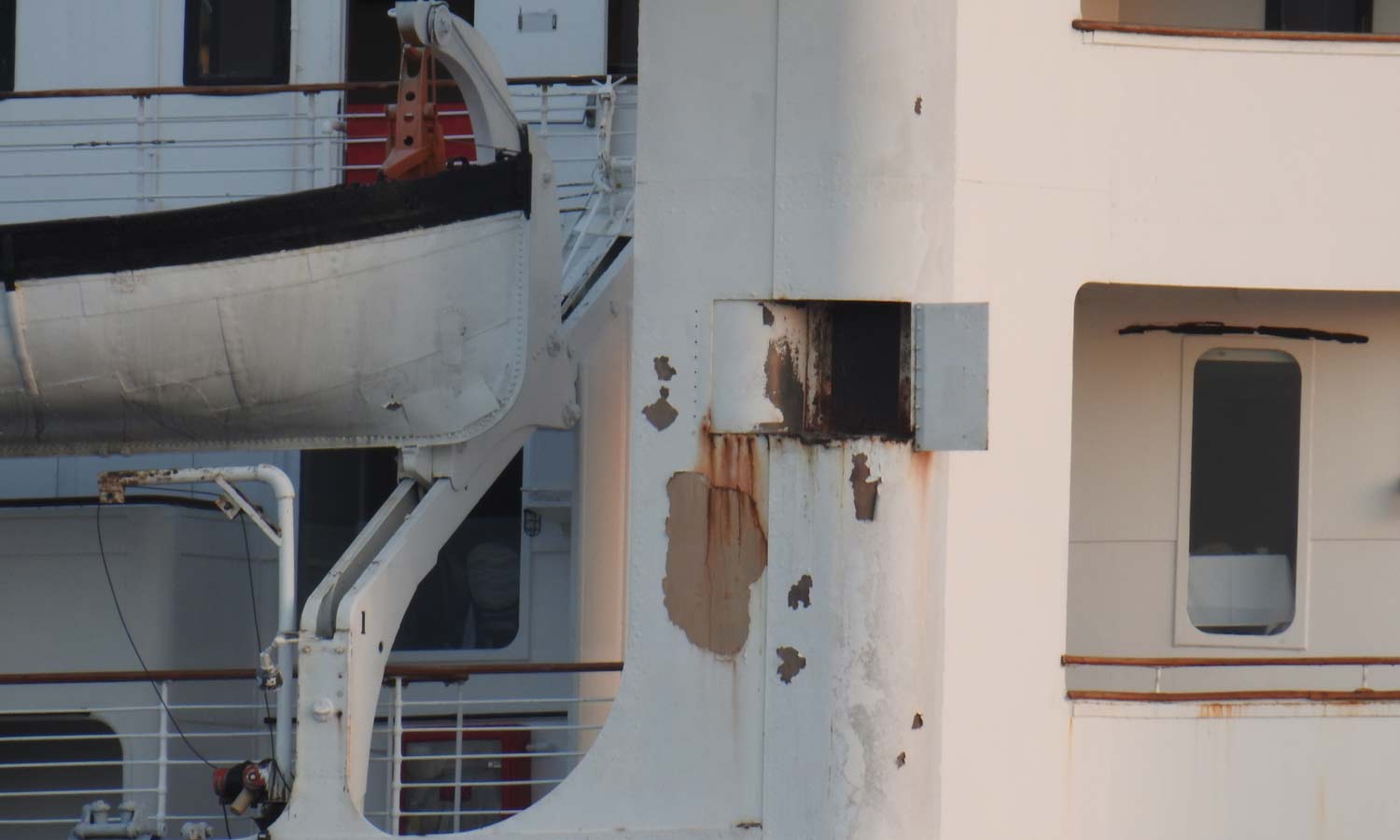
Below is the P900's longest telephoto capability — 2000mm — which is close enough for you to see peeling paint on the 80-year-old ship.

More impressive is the P900's ability to preserve quality in moderate telephoto shots. In this photo of a volleyball player, taken at 550mm, detail and exposure are excellent.
Extreme zoom works equally well for video, where the strong image stabilization is very handy, as in this clip of a jet skier about a half-mile off shore.
Video: Especially Good At Night
Topping out at 1080p resolution and 60 frames per second, the P900's video is fine for online posting, as this pretty clear clip of a garden fountain shows. (The wavy lines of moiré that are caused by the window screen are a bit much, though.) The camera captures sound relatively well, though it gets distorted when even a slight breeze kicks up. This is a downside of all cameras that have only built-in microphones, with no jack for an external mic.
As with still photos, the P900 shines at relatively high ISO. The difference is clear in these back-to-back twilight clips (with a heavy wind blowing) — the first from the P900 and the second from the Canon SX60 HS.
Bottom Line: All You Need
The Nikon Coolpix P900 is a delightful camera to use. It excels in the defining feature for this class of camera — optical zoom — not just by boasting the biggest spec, but also by offering the crisp optics and superior image stabilization that are required to make the feature useful. Image quality, and especially colors and textures, is quite high, and holds steady up to even the highest-resolution displays. (None of these tiny-sensor cameras will work for gallery prints.)
If you want RAW image support and the ability to capture video beyond home movie grade — go for the Canon SX60 HS, which has the added benefit of costing less. But for the ultimate in optical-zoom cameras, the P900 is unrivaled.
Sean Captain is a freelance technology and science writer, editor and photographer. At Tom's Guide, he has reviewed cameras, including most of Sony's Alpha A6000-series mirrorless cameras, as well as other photography-related content. He has also written for Fast Company, The New York Times, The Wall Street Journal, and Wired.
